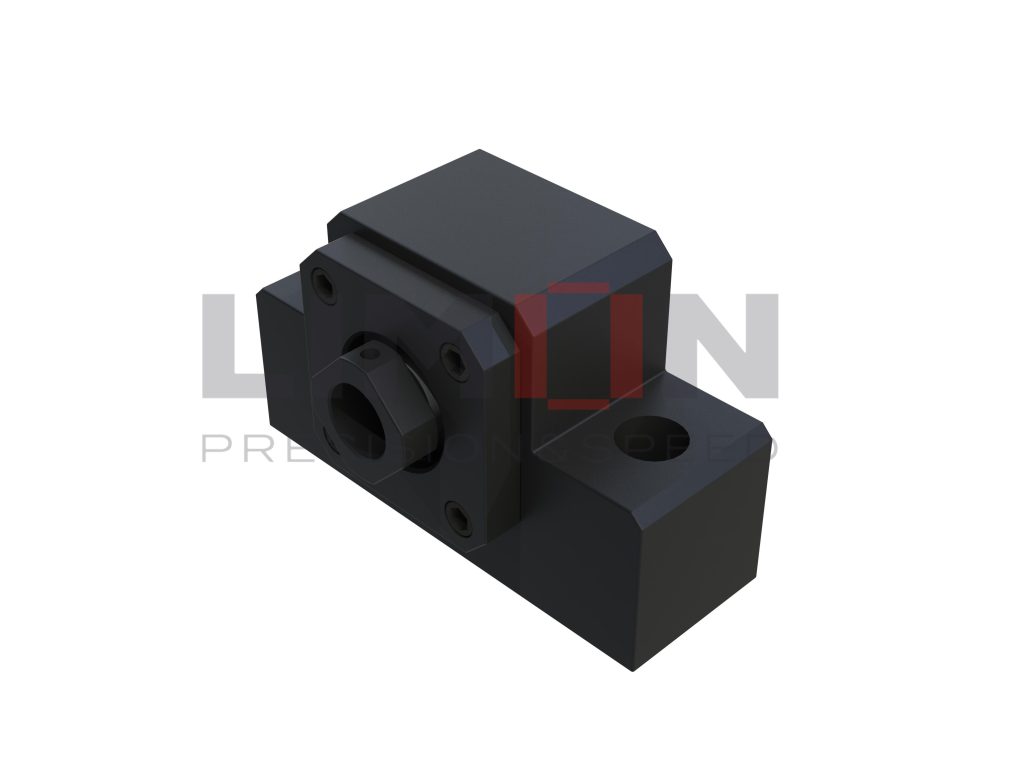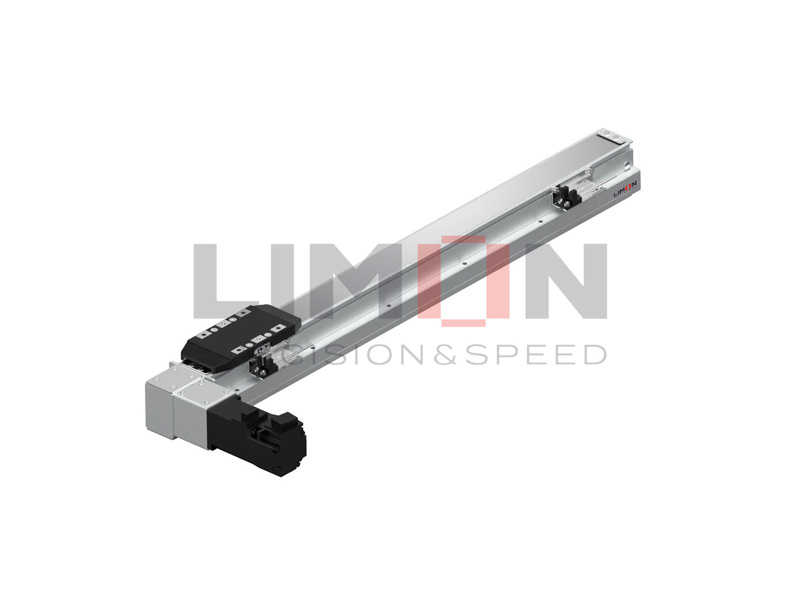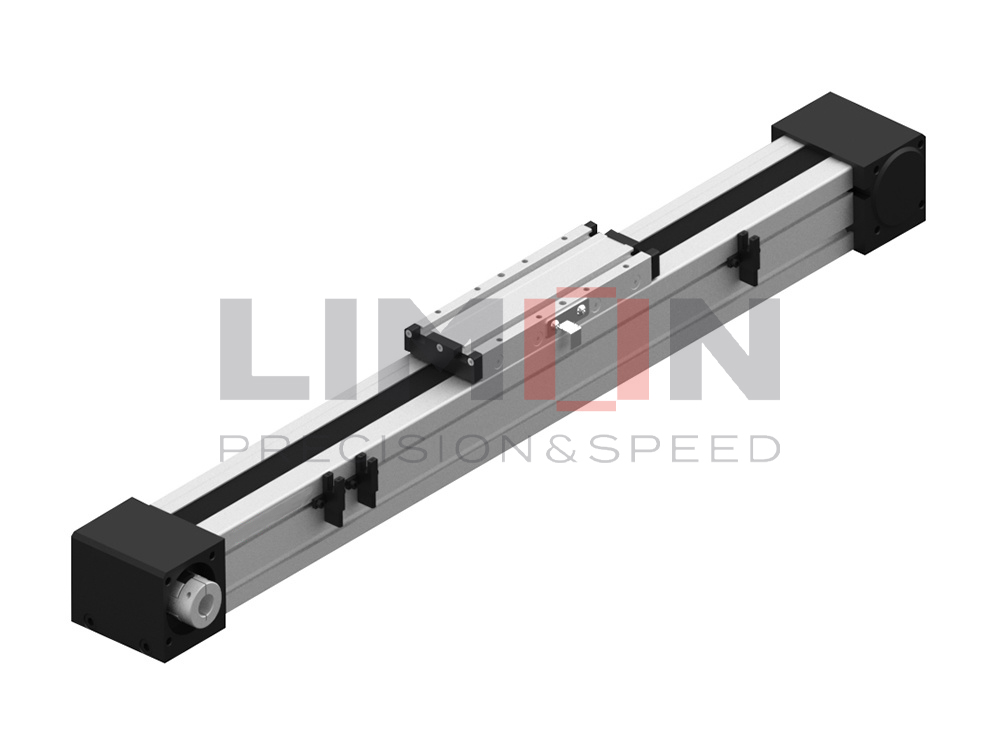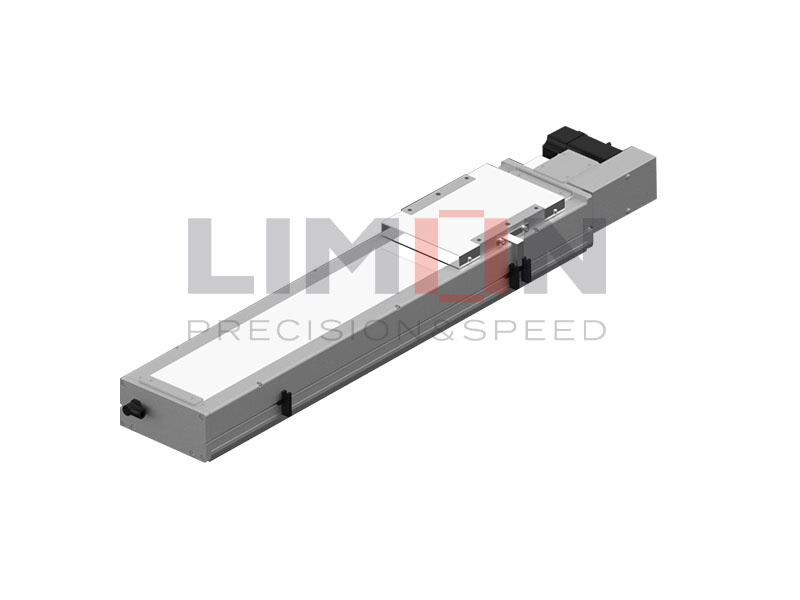Types of Lubricants:
1. Grease: Grease is a common lubricant for ball screws, offering effective lubrication and protection against contaminants. It comes in various formulations, and the choice depends on factors such as load, speed, and operating conditions. Regular application of grease helps maintain smooth motion and minimizes wear.
2. Oil: Oil lubrication is suitable for high-speed and high-precision applications. It provides excellent cooling properties and is effective in reducing friction. Oil mist or oil bath systems are commonly used for continuous lubrication in industrial settings.
3. Solid Lubricants: Solid lubricants, such as molybdenum disulfide or graphite, can be applied as coatings on ball screws. These lubricants provide long-lasting protection, especially in applications with high temperatures or extreme operating conditions.
Best Practices for Ball Screw Lubrication:
1. Regular Inspection: Regularly inspect the ball screw and surrounding components for signs of wear, contamination, or inadequate lubrication. Visual inspections can help identify issues early and prevent more significant problems.
2. Proper Lubrication Schedule: Follow the manufacturer’s recommendations for lubrication intervals. Establish a regular lubrication schedule based on factors such as operating conditions, load, and speed. Over-lubrication can be as detrimental as under-lubrication, so it’s essential to find the right balance.
3. Clean the System: Before applying new lubricant, ensure that the ball screw and its surroundings are clean. Remove any debris, dust, or old lubricant that could compromise the effectiveness of the new lubrication.
4. Choose the Right Lubricant: Select a lubricant that suits the specific requirements of your application. Consider factors such as temperature, speed, load, and environmental conditions when choosing between grease, oil, or solid lubricants.
5. Apply the Right Amount: Apply the lubricant in the correct quantity. Over-applying can lead to excess buildup, while under-applying may result in insufficient lubrication. Follow the manufacturer’s guidelines for the recommended amount.
6. Lubrication Methods: Choose the appropriate lubrication method based on the application. Common methods include manual greasing, automatic lubrication systems, oil bath systems, and oil mist lubrication. The choice depends on factors such as accessibility, operating environment, and required precision.
7. Monitor Operating Conditions: Regularly monitor the operating conditions of the ball screw, including temperature and load. Adjust the lubrication schedule if there are changes in operating parameters to ensure continued optimal performance.
Ball screw lubrication is a crucial aspect of maintaining the performance and longevity of these precision components. By following best practices such as regular inspection, proper lubrication schedules, and selecting the right lubricant and application method, engineers and maintenance professionals can ensure that ball screws operate at peak efficiency, contributing to the overall success of mechanical systems.




